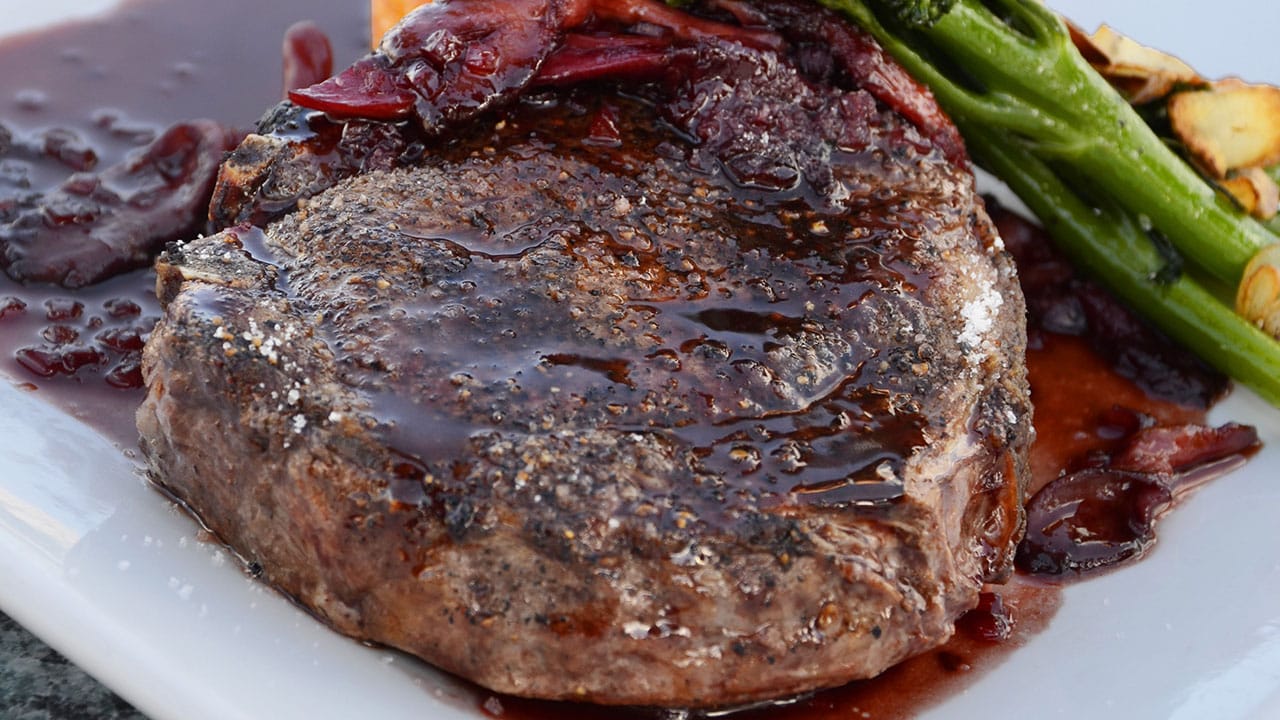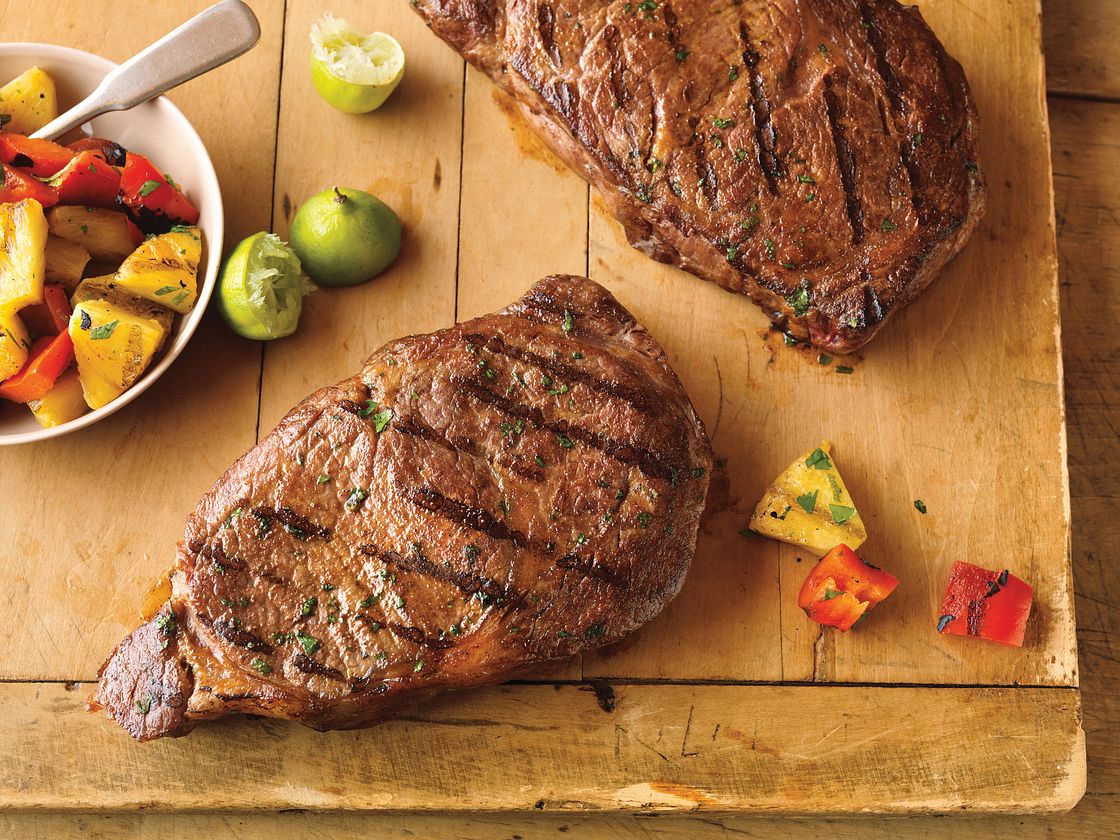Big, Delighted, Life-Changing Classic Boneless Rib Eye Recipe
Written By James Morgan
If you're in pursuit of a life-changing steak dinner, look no further than this Classic Boneless Rib Eye Recipe. Known for its tenderness and succulent mouthfeel, the Rib Eye steak stands out as a remarkable centerpiece for any meal. In this detailed guide, we will explore the exceptional flavors and cooking techniques that make the Rib Eye an unmissable choice for feast-loving individuals. Before we dive in, gather your necessary tools such as a top-quality griddle, the sharpest knife, and a reliable cutting board.

Understanding the Rib Eye
The Rib Eye steak is renowned for its distinct marbling, which offers a robust and rich flavor. Originating from the ribcage area of beef, this cut ensures a juicy dining experience. As you familiarize yourself with the Rib Eye, it's essential to understand why it demands such high regard in the culinary world. From grilling aficionados to gourmet chefs, everyone praises the flavor complexity and the ease with which the meat can be cooked to perfection in various styles, be it grilled, seared, or baked.
Choosing the Perfect Rib Eye
When selecting a Rib Eye steak, quality is paramount. Opt for a finely marbled cut, as the intramuscular fat not only contributes significantly to flavor but also helps keep the steak moist. Freshness is crucial; hence, consider purchasing from trusted sources or farms renowned for their steak quality. Those with certifications indicating grass-fed and free-range practices often yield better results due to more natural fat profiles. Our exclusive article on selecting beef cuts offers deeper insights and ensures you make the right choice.
Ingredients
- 2 (12 ounce) boneless Rib Eye steaks
- Salt, preferably sea salt
- Freshly ground black pepper
- 2 tablespoons olive oil
- 2 teaspoons minced garlic
- 2 sprigs fresh rosemary
- 2 tablespoons unsalted butter
Preparation Instructions
Step 1: Preparing the Steak
Begin by taking the Rib Eye steaks out of the refrigerator and letting them reach room temperature. This typically takes about 30 minutes. Season both sides of the meat liberally with salt and pepper. Ensure the seasoning is even, as this forms the flavor crust, or Maillard reaction, which is the foundation of steak enjoyment.
Step 2: Searing the Steak
Heat a premium cast iron griddle over medium-high heat until very hot. Add a tablespoon of olive oil and wait for it to start shimmering. Place the seasoned steaks on the hot griddle, and allow them to sear for about 3 to 5 minutes on each side. The searing helps lock in the juices, which is essential to obtain the desired tenderness and flavor profile.
Step 3: Adding Aromatics
As the steak rests on one side, add garlic, rosemary, and butter to the pan. Allow the butter to melt, and baste the melted mixture over the steaks using a spoon. The combination of herbs and butter infuses the steak over the remaining cooking time, offering a delightful aroma and added depth of flavor.
Resting and Serving
Once your Rib Eye has reached an internal temperature of your desired doneness (typically medium-rare at 130F-135F), remove it from the heat. Let it rest for at least 10 minutes. Resting is a crucial phase; it allows the juices to redistribute within the steak, ensuring each bite is moist and flavorful. Slice and serve alongside complementary dishes like crispy potato wedges, sauted mushrooms, or a fresh arugula salad. For more serving ideas, visit this impressive collection of beef recipes.
Maintaining Your Cookware
Ensuring your cookware stays in top condition requires some care. After you've enjoyed your meal, consider using a dedicated cookware cleaner to maintain your griddle's hygiene. Additionally, treat your cutting board with a quality cutting board oil to prevent drying and cracking from frequent use.

A Connection to Culinary Craftsmanship
Cooking a Classic Boneless Rib Eye is akin to mastering an art form, where expertise in technique and selection converges to create something awe-inspiring. As you follow through our detailed instructions, you learn the craftsmanship behind one of the world's most treasured steak types. By understanding the significance of preparation, seasoning, and cooking, the overall dining experience evolves into more than just a meal; it becomes a story etched in flavors, textures, and memories.
We invite you to explore more articles, such as how to cook calamari steak and broaden your culinary repertoire. May every grilled dish continue to delight your palate and inspire further culinary adventures!
As an Amazon Associate, I earn from qualifying purchases.



